Photo Gallery: Images of Martian Meteorites
Marvelous Mars meteorites
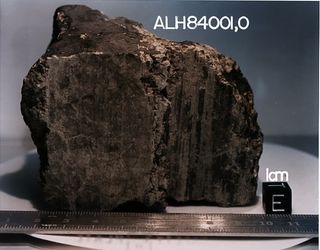
Less than 1 percent of meteorites found on Earth come from Mars. About 60 have been found. These rare rocks tell us what the Red Planet was like billion of years ago.
Tissint meteorite

A sample from the Tissint meteorite, which dropped from the sky in Morocco at 2 a.m. local time on July 18, 2011. Several large and small chunks of the meteorite fell in a shower that morning, giving scientists plenty of material to study from the 600-million-year-old rock, according to NASA.
Tissint fragment
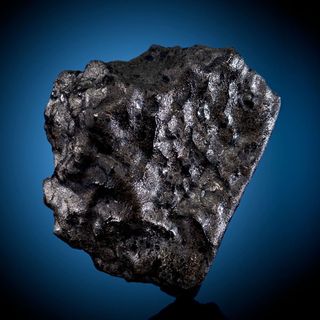
This fragment of the Tissint meteorite, which fell in Morocco in 2011, was auctioned off for $43,750. The 1.6-ounce (46-gram) rock, like others in the Tissint meteor shower, was likely ejected from Mars some 1.1 million years ago, scientists estimate.
Meteorite ALH84001
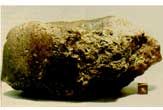
This infamous rock from Mars sparked years of controversy when researchers said the 3.9-billion-year-old rock held signs of life. Others say there's no evidence for biological activity in the meteorite.
Meteorite NWA 7034
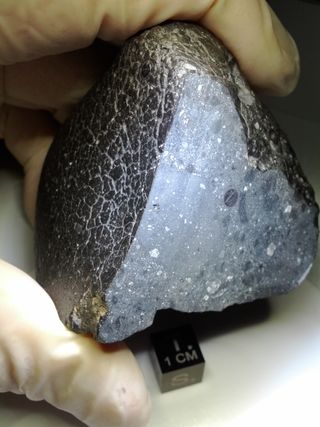
A martian meteorite found in the Sahara Desert and nicknamed "Black Beauty." The rock contains the most water of any Martian meteorite yet found.
Black Beauty

Another shot of the Black Beauty meteorite, also called NWA 7034, for its discovery in Northwest Africa.
In private hands
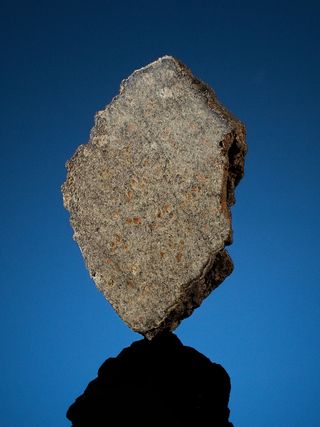
A martian meteorite sold at auction in June 2013.
Sign up for the Live Science daily newsletter now
Get the world’s most fascinating discoveries delivered straight to your inbox.
Mars lava
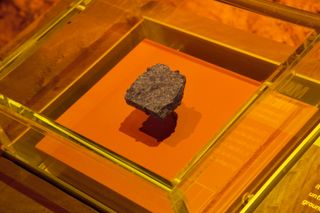
This rock is lava that erupted on Mars and was blasted off the planet by an impact. It drifted through space and eventually fell to Earth.

